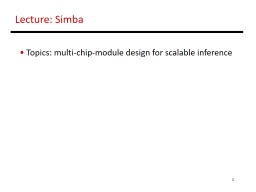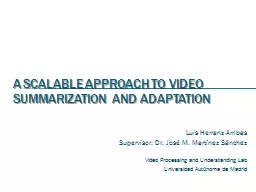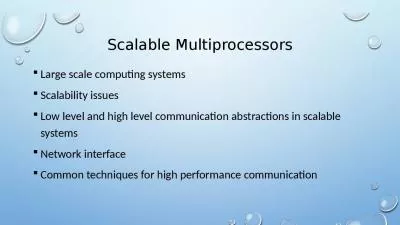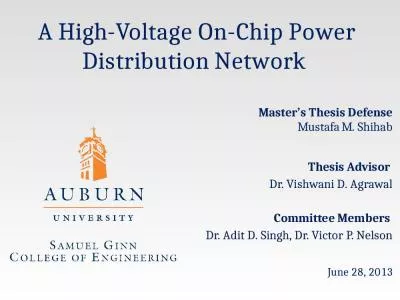PPT-1 Lecture: Simba Topics: multi-chip-module design for scalable inference
Author : caroline | Published Date : 2023-09-19
2 MultiChipModule MCM A single package that includes multiple dies chips or chiplets 36 chiplets in this case reduces design cost The package substrate has
Presentation Embed Code
Download Presentation
Download Presentation The PPT/PDF document "1 Lecture: Simba Topics: multi-chip-mod..." is the property of its rightful owner. Permission is granted to download and print the materials on this website for personal, non-commercial use only, and to display it on your personal computer provided you do not modify the materials and that you retain all copyright notices contained in the materials. By downloading content from our website, you accept the terms of this agreement.
1 Lecture: Simba Topics: multi-chip-module design for scalable inference: Transcript
Download Rules Of Document
"1 Lecture: Simba Topics: multi-chip-module design for scalable inference"The content belongs to its owner. You may download and print it for personal use, without modification, and keep all copyright notices. By downloading, you agree to these terms.
Related Documents














